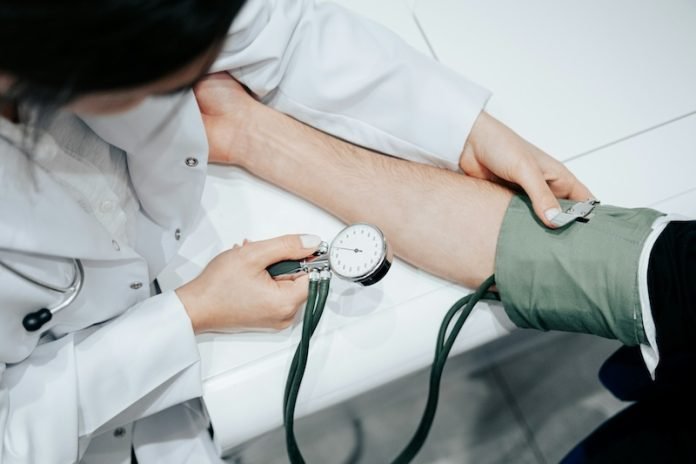
When it comes to blood pressure, what you see isn’t always what you get.
There’s a condition called masked hypertension that’s a bit of a medical mystery and a concern for many.
Imagine a stealthy health issue that hides in plain sight, only revealing its true colors away from the doctor’s office.
That’s what masked hypertension is all about.
It’s when someone’s blood pressure readings are normal during a medical check-up but higher in other settings, like at home or work.
This article aims to shed light on this hidden condition, explaining its implications and what research says about it.
Blood pressure is a measure of the force your blood exerts against the walls of your arteries. High blood pressure, or hypertension, occurs when this force is too strong, which can damage arteries and lead to heart disease, stroke, and other serious health issues.
However, blood pressure isn’t constant—it can change throughout the day and in different environments due to factors like activity level, stress, and sleep.
Masked hypertension is tricky because it can go undetected for a long time. Since many people only get their blood pressure checked occasionally at the doctor’s office, those with normal readings might think they’re in the clear, not knowing their blood pressure spikes outside these visits.
This hidden condition can be as risky as persistent high blood pressure because it can lead to the same long-term health problems without any obvious symptoms or warnings.
The question then is, why does masked hypertension happen, and how can it be spotted? Researchers believe stress, lifestyle factors, and the environment play significant roles.
For example, the stress of work or certain home life situations can raise blood pressure, but these pressures might not be present in the calm environment of a doctor’s office.
Moreover, the act of measuring blood pressure itself can sometimes cause it to drop—a phenomenon known as the “white-coat effect.”
Identifying masked hypertension is challenging but crucial. Recent studies advocate for more widespread use of ambulatory blood pressure monitoring (ABPM) or home blood pressure monitoring to catch these hidden spikes.
ABPM involves wearing a blood pressure cuff for 24 hours, capturing readings throughout the day and night in various settings. This method has proven effective in uncovering masked hypertension and providing a more accurate picture of a person’s blood pressure.
Research evidence underscores the importance of recognizing and managing masked hypertension. Studies have found that individuals with this condition have a higher risk of developing cardiovascular diseases, similar to those with consistently high blood pressure.
This insight highlights the need for awareness and proactive monitoring to protect heart health and prevent long-term damage.
In terms of managing masked hypertension, lifestyle modifications play a key role. Regular physical activity, a balanced diet, reducing salt intake, limiting alcohol, managing stress, and not smoking are all effective strategies.
In some cases, medication may also be necessary to keep blood pressure in a healthy range.
In conclusion, masked hypertension is a hidden danger that requires attention and action. It’s a reminder that what happens in the doctor’s office doesn’t always tell the full story of our health.
By understanding the implications of this sneaky condition and advocating for more comprehensive monitoring, we can unmask hypertension and take meaningful steps toward better heart health.
Awareness, lifestyle changes, and regular monitoring are the keys to managing this invisible threat.
If you care about high blood pressure, please read studies about potatoes and high blood pressure, and top 10 choices for a blood pressure-friendly diet
For more information about high blood pressure, please see recent studies about impact of vitamins on high blood pressure you need to know, and the powerful link between high blood pressure and a potassium-rich diet.
Copyright © 2024 Knowridge Science Report. All rights reserved.



